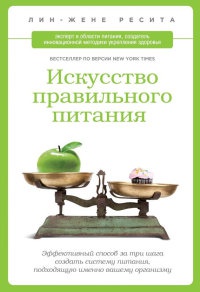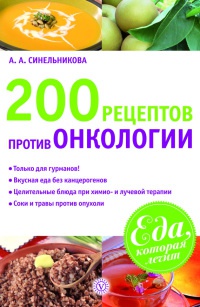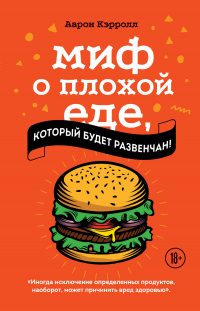Книга Правила еды. Передовые идеи в области питания, которые позволят предотвратить распространенные заболевания - Говард Джейкобсон
На нашем литературном портале можно бесплатно читать книгу Правила еды. Передовые идеи в области питания, которые позволят предотвратить распространенные заболевания - Говард Джейкобсон полная версия. Жанр: Книги / Домашняя. Онлайн библиотека дает возможность прочитать весь текст произведения на мобильном телефоне или десктопе даже без регистрации и СМС подтверждения на нашем сайте онлайн книг knizki.com.
Шрифт:
-
+
Интервал:
-
+
Закладка:
Сделать
Перейти на страницу:
Перейти на страницу:
Внимание!
Сайт сохраняет куки вашего браузера. Вы сможете в любой момент сделать закладку и продолжить прочтение книги «Правила еды. Передовые идеи в области питания, которые позволят предотвратить распространенные заболевания - Говард Джейкобсон», после закрытия браузера.
Книги схожие с книгой «Правила еды. Передовые идеи в области питания, которые позволят предотвратить распространенные заболевания - Говард Джейкобсон» от автора - Колин Кэмпбелл, Говард Джейкобсон:
Комментарии и отзывы (0) к книге "Правила еды. Передовые идеи в области питания, которые позволят предотвратить распространенные заболевания - Говард Джейкобсон"
























